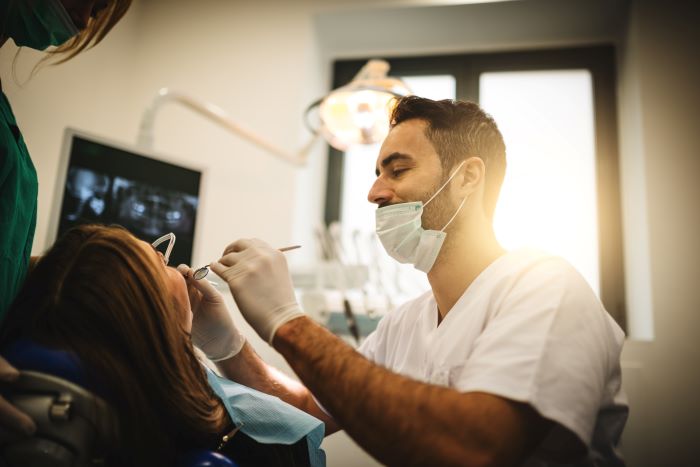A Return to Normalcy: The Role of the Obturator Prosthesis
Losing part of the palate, whether from surgery, an accident, or a birth defect, changes more than just the way things look. It makes it hard to do important things every day, like speak clearly and swallow comfortably. These problems aren't just medical; they can affect every part of a person's daily and social life. For people who have this kind of defect, the obturator prosthesis is a quiet but powerful way to fix it.
The main purpose of the obturator is to close an opening in the roof of the mouth. But it has a bigger effect: it lets you eat without worrying, talk without pausing, and get back to the way people normally interact.
Why These Defects Happen
Palatal defects are more common than many realize. They often happen after surgery for conditions such as oral cancer, when part of the maxilla has to be removed. Some people are born with a cleft palate, while others experience trauma that changes the shape of the upper mouth. No matter what the cause, the result is the same: a gap that breaks up the natural separation between the mouth and nose.
This opening can cause:
- Food and drink passing into the nose.
- Nasal or unclear speech.
- Changes in breathing.
- Social withdrawal due to functional challenges.
A Personalized Path to Recovery
Restoring this separation doesn’t always require surgery. For many patients, an obturator provides a simpler and highly effective alternative. These prostheses are custom-made, shaped carefully to match the contours of each individual’s mouth, and fit securely into place.
At first, patients may receive a temporary version shortly after surgery or injury—something to help during healing. Later, once tissues stabilize, a permanent prosthesis can be fabricated. Most are made from lightweight, durable acrylic or a combination of acrylic and metal. Precision is key: every curve, thickness, and edge is designed for both function and comfort.
What Life Feels Like With a Well-Made Obturator
- Speech improvement: Airflow is restored, making speech clearer and easier to control.
- Better eating: Foods that once had to be avoided become manageable again.
- Reduced leakage: Nasal leakage becomes far less of a concern.
- Facial support: Helps preserve facial shape for those missing part of the maxilla.
- Emotional impact: Patients often feel more like themselves—able to smile, speak, and interact without self-consciousness.
Not Every Case Is the Same
Obturators are not one-size-fits-all. Success depends on:
- Healthy surrounding tissues.
- Sufficient support from teeth or bone.
- The patient’s ability to maintain good hygiene.
In complex cases, multiple adjustments—or combining prosthetics with surgical grafts—may be needed. Collaboration among the prosthodontist, surgeon, and speech therapist ensures a treatment plan tailored to the patient’s needs.
Care Over Time
Once in place, the prosthesis becomes part of a daily routine. It requires:
- Regular cleaning.
- Consistent fit checks.
- Routine follow-ups with the dental team.
A well-maintained obturator can last for years, though tissue changes may require adjustments. More than a device, ongoing care reflects trust, continuity, and a shared journey between patient and providers.
In Closing
If you have a palatal defect, the path back to normal function may seem unclear at first. But a well-designed and well-maintained obturator can do more than fix a medical problem—it can restore speech, eating, and self-esteem. These aren’t small things. They are the foundation of how we move through the world.
To speak with a team who understands every step of that journey, call (763) 230-0683.



